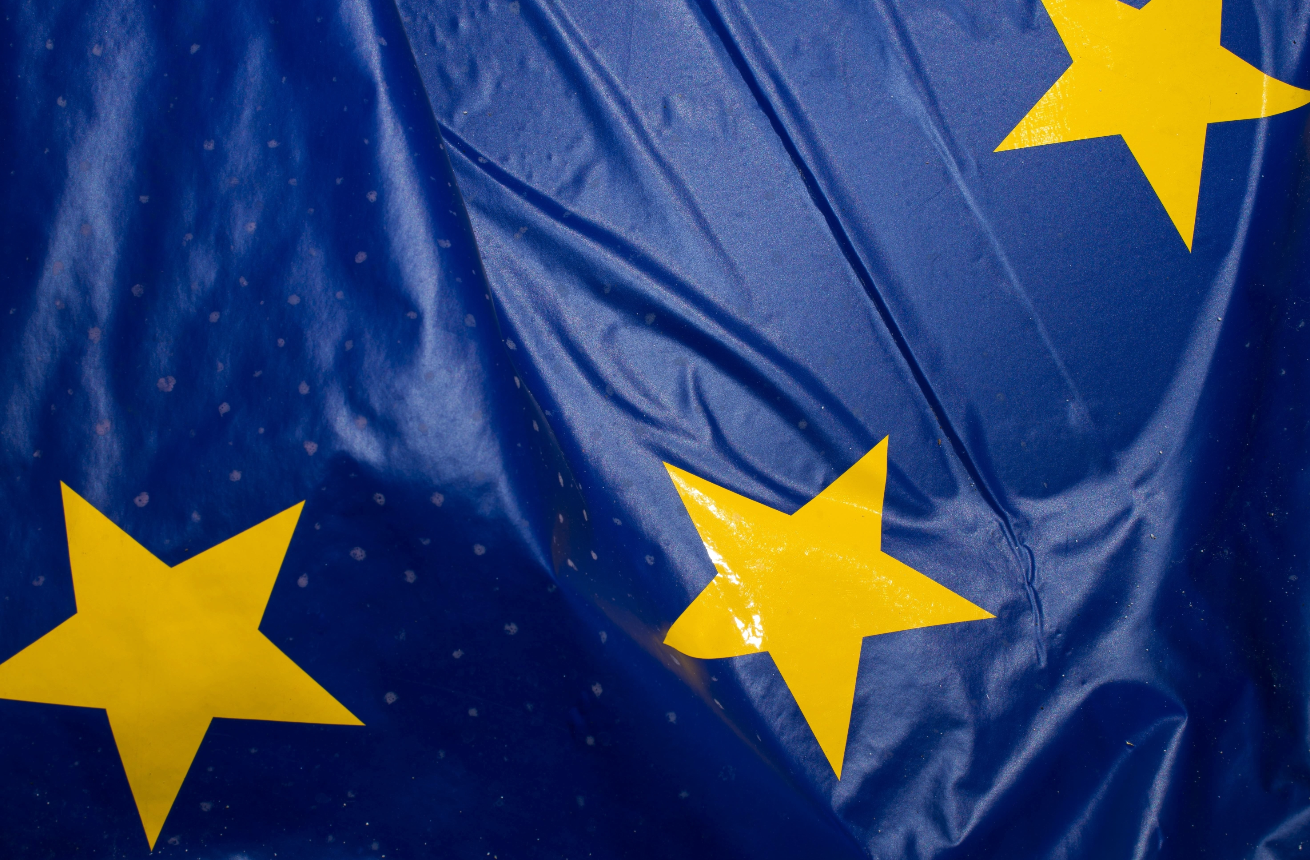ESRS 2025 Quick Fix: cambi chiave sostenibilità | Dcycle


ESRS “Quick Fix”: Less Burden, Same Obligation
What Is the ESRS “Quick Fix”?
What Changed
What Didn’t Change
What Should Companies Do Now?
How We See It at Dcycle

The European Commission has introduced a set of updates to the European Sustainability Reporting Standards (ESRS) to ease the first reporting cycle—based on fiscal year 2024 (FY2024).
In practice, this means companies will report in 2025 on what happened in 2024.
The changes reduce initial workload, but do not eliminate the reporting obligation. Here's what’s changed, what hasn’t, and what companies in the first reporting group need to do.
🎯 Need clarity on how to comply with the CSRD?
We’ve prepared a practical guide with structure, key concepts and deadlines to help you get started.
👉 Download the free CSRD Guide
On July 12, 2025, the European Commission adopted a “quick fix” package to adjust the first set of ESRS. The goal: ease the reporting burden for companies applying the CSRD for the first time.
The changes:
It’s not a new directive—it’s a technical update to simplify year one.
Companies can postpone reporting on selected topics until 2026:
Originally, these phase-in options applied only to listed SMEs. Now they’re open to large companies—Wave One.
🧾 What is Wave One?
It refers to the first group of companies required to report under CSRD starting in 2025.
These are companies already subject to the Non-Financial Reporting Directive (NFRD), including:
• Companies with over 500 employees
• Listed companies
• Public interest entities like banks and insurers
Voluntary data points are gone.
The new focus: clarity and consistency.
EFRAG is already working on a major simplification expected to cut required data points by 66%.
In short: the content is lighter, but the system is still running.
This is not a pause—it’s a chance to get organized.
💡 Practical checklist:
This is not a delay. It's a chance to build smarter systems.
The goal isn’t to report more—it’s to control what you report.
With Dcycle, companies can:
Carbon footprint calculation analyzes all emissions generated throughout a product’s life cycle, including raw material extraction, production, transportation, usage, and disposal.
The most recognized methodologies are:
Digital tools like Dcycle simplify the process, providing accurate and actionable insights.
Some strategies require initial investment, but long-term benefits outweigh costs.
Investing in carbon reduction is not just an environmental action, it’s a smart business strategy.